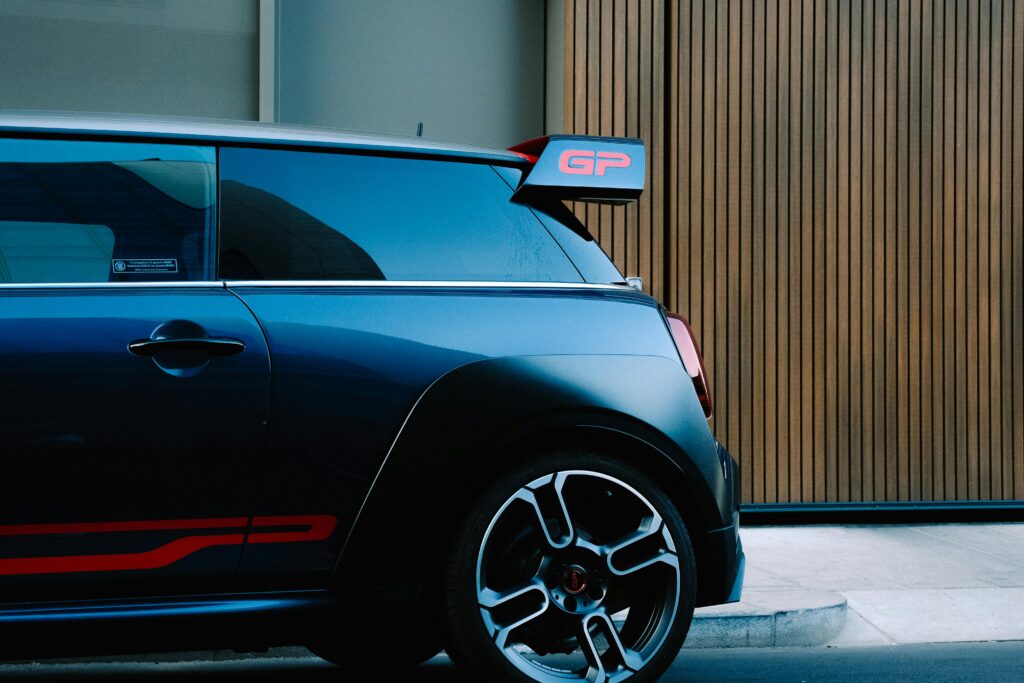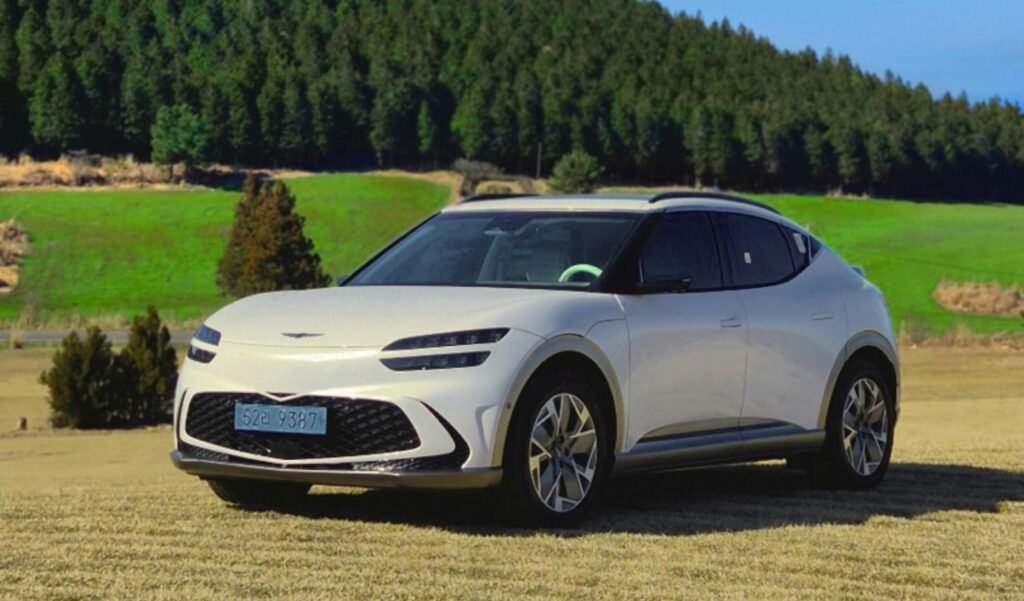Car window tinting is a common practice, especially for its benefits in privacy, UV protection, and heat reduction.
In this article, we break down how vehicle size, tint type, and other factors affect the cost, along with tips for choosing the right tint.

Window tinting not only enhances a vehicle’s appearance but also protects the interior from UV rays, reduces heat buildup, and boosts privacy.
High-quality tints can block up to 99% of UV rays, extending the lifespan of seats and dashboards—particularly valuable in hot climates like the southern U.S.
Cost by vehicle type
The cost of tinting varies based on the vehicle’s size and complexity. Here’s a breakdown:
- Sedans (4-door): Per-window costs range from $50 to $650, depending on the tint type. For the typical 7 windows, the total is $250 to $650, covering budget options like dyed tint and premium choices like ceramic.
- Coupes: With fewer windows, costs are generally $120 to $450. However, slanted or curved windows can raise the price due to installation difficulty.
- Pickups: The average cost is about $350, though it can vary with sliding windows, which require more material and time.
- SUVs: With more windows and larger size, costs range from $250 to $750, influenced by the complexity of rear windows.
- Tesla: Tesla models range from $250 to $935, depending on the model (Model 3, Model Y, etc.) and whether the roof is tinted, which can be skipped to lower costs.
These prices are estimates and may differ by region, but they give you a solid starting point, especially if you’ve already received quotes.

Types of tint film and prices
The U.S. market offers a variety of tint films, each with specific features and price ranges. Here’s a detailed chart:
| Tint Type | VLT | Price ($) | Key Features | Additional Notes |
|---|---|---|---|---|
| High Performance | 5% | 39.59 – 691.89 | Excellent UV and heat protection, ideal for warm climates | Most common choice |
| Nano Ceramic | 0.5% | 42.89 – 815.09 | High durability, no signal interference, premium | Popular for modern GPS-equipped cars |
| Professional Non-Reflective | 5% | 32.99 – 677.59 | Matte look, discreet, good heat rejection | Great for minimalist aesthetics |
| Red | 35% | 32.99 – 556.59 | Color accent, less UV protection | Less common, used for customization |
| Carbon | Varies | 50 – 500 (approx.) | Durable, no signal interference, matte finish | Long-lasting, doesn’t fade |
| Metallic | Varies | 200 – 400 (approx.) | Good heat rejection, may interfere with signals | Less ideal for GPS vehicles |
| Dyed | Varies | 100 – 250 (approx.) | Affordable, may fade over time | Budget-friendly starter option |
These prices are for materials; professional installation can add $50 to $200, depending on the shop and complexity. Be sure to check state laws, as some states like California restrict tint darkness (VLT) levels.
Additional factors affecting cost
Beyond vehicle type and tint, other factors include:
- Shop Location: Urban shops often charge more due to higher operating costs.
- Window Number and Complexity: Curved or large rear windows increase installation time.
- Warranties: Some shops offer warranties up to 5 years, raising the initial cost but saving money long-term.
- State Regulations: In states like Virginia, strict front-window VLT laws can limit options and impact pricing.

Tips for choosing the right tint and comparing shops
Picking the right tint means balancing needs and budget. Here are some practical tips:
- UV Protection and Heat Rejection: For warm climates, go for ceramic or carbon tints, which block up to 99% of UV rays and significantly reduce heat.
- Durability: Ceramic and carbon tints last longer, while dyed tints may fade in 2-5 years.
- Appearance: For a subtle look, choose non-reflective tints; for customization, consider colors like red.
Legal and practical considerations
Before tinting, check state laws, as each state sets VLT limits, especially for front windows.
For example, California requires at least 70% VLT for front windows, while Texas allows darker rear tints.
Ignoring these rules can lead to fines, so always review local regulations.
